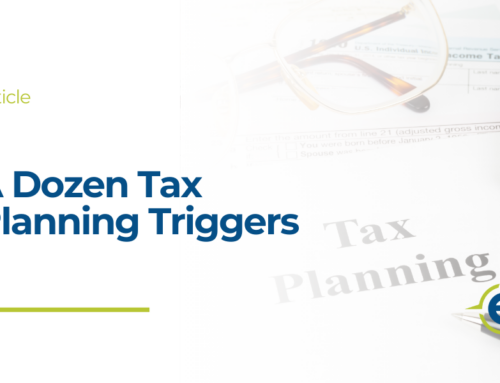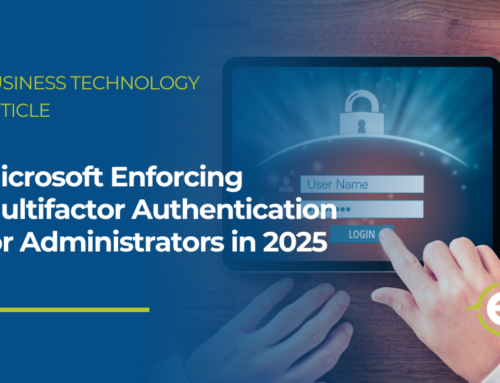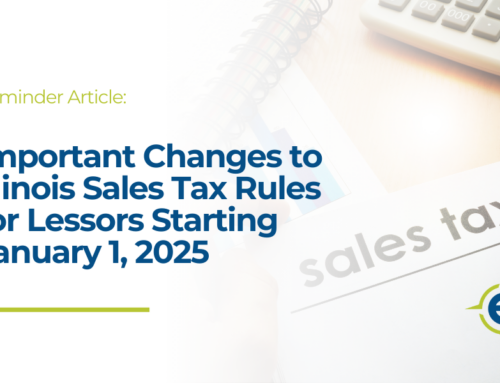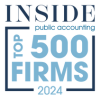How is PPP Loan Forgiveness Calculated? A Guide to Maximizing PPP Loan Forgiveness
Recently, the U.S. Small Business Administration (SBA) released the Paycheck Protection Program (PPP) Loan Forgiveness Application and detailed instructions for the application. They also released a statement that “SBA will also soon issue regulations and guidance to further assist borrowers as they complete their applications.” Unfortunately, this means that while the newly released forgiveness application gives us a little more insight into the forgiveness process, we still have many unanswered questions and are still left waiting for answers from SBA. Additionally, there have been several proposals and recommendations for significant changes to the rules that could be forthcoming. Unfortunately, we still don’t have all the answers and as this landscape changes so might our advice.
Here is what we know right now:
When do the funds need to be used?
The covered period is the 8-week (56-day) period starting on the date you received the funds.
However, borrowers with a biweekly (or more frequent) payroll schedule may elect (and will likely find it preferable) to calculate eligible payroll costs only (not utilities or other costs) using the 8-week (56-day) period that begins on the first day of their first pay period following their PPP Loan Disbursement Date (the “Alternative Payroll Covered Period”).
This is one area that has been the source of many recommendations for changes and as such could see significant changes in the near future.
What costs can be forgiven?
Payroll and Certain Benefits
- Count costs in this category that were incurred during the covered period or alternative covered period. Costs incurred but not paid during the 8-week period are eligible for forgiveness if paid on or before the next regular payroll date.
- Gross (not net) pay of non-owner employees paid during the covered period or alternative covered period up to $15,385 total per employee. Anything above this amount cannot be paid from PPP funds.
- Gross (not net) pay of owner employees paid during the covered period or alternative covered period up to $15,385 total per owner OR the 8-week equivalent of their applicable compensation in 2019, whichever is lower. This clarifies that owners cannot use PPP funds to pay themselves more than their 2019 equivalent earnings.
- Employer share of health insurance, but not the employee share
- Employer share of retirement contributions, but not the employee share
- Employer payments made for state unemployment taxes
Rent, Interest, and Utilities
- No more than 25% of the total amount forgiven can be used for payments in this category. These must have started prior to February 15, 2020.
- Count costs in this category that were incurred during the covered period and paid on or before the next regular billing date, even if the billing date is after the covered period. To figure this you will likely need to allocate the bills at the beginning and end of the period and look at bills paid after the covered period to calculate exactly what was incurred during the covered period.
- Interest – Payments of interest incurred during the covered period on any business mortgage obligation on real or personal property.
- Rent or Lease Payments – Business rent or lease payments pursuant to lease agreements for real or personal property – This appears to clarify that funds can be used for leases of not just real estate, but also items of personal property such as copy machines, machinery, equipment, vehicles, etc.
- Utilities – electricity, gas, water, transportation, telephone, and internet – We are still awaiting guidance on what qualifies as transportation.
What is the difference between “incurred” and “paid” costs?
Incurred costs are costs that your business owes at the time the goods or services are received. Paid costs are incurred costs that you have paid for. For example, your electric bill may cover a period from the 16th of a month through the 15th of the next month. On the 30th of the month (the last day of the month) you have incurred only 50% of that electric bill.
How will forgiveness be reduced if staff levels are not maintained?
General Rule
The total amount otherwise eligible for forgiveness will be reduced by the percentage that full time equivalent employees (FTEs) is reduced between one of two base periods and the covered period. This calculation is a bit more complex than the scope of this article. However, the forgiveness application does provide for two methods of computing FTEs. The first is to calculate the average number of hours paid each week, divide by 40 and round to the nearest tenth with no one employee counting as more than 1 FTE. Alternatively, a borrower may elect a simplified method whereby 1.0 is used for each employee who works 40 or more hours per week and 0.5 is used for each employee who works less than 40 hours per week. If you do not already know what your base FTE calculation is to determine what you need to be maintaining during the covered period, we are happy to assist you with that calculation and that should be done as soon as possible in order to plan for maximizing your forgiveness.
FTE Reduction Exception
There are exceptions to the FTE reduction calculation for situations in which (1) the borrower made a good-faith written offer to rehire an employee which was rejected; or (2) for any employees that were fired for cause, voluntarily resigned, or voluntarily requested and received a reduction in their hours. If you have any of these situations, we would be happy to discuss them with you and how they will affect your forgiveness calculation.
FTE Reduction Safe Harbor
There is also a safe harbor that exempts certain borrowers from the FTE reduction if staffing levels were reduced between February 15, 2020 and April 26, 2020 and those FTE levels were restored by June 30, 2020. However, this is complicated and even if you qualify for this safe harbor you still could end up with no amount forgiven. We encourage you to call us to discuss this and determine how this could help you.
How will forgiveness be reduced if the amount paid to employees is reduced?
General Rule
The total amount otherwise eligible for forgiveness may also be reduced if pay for certain employees is reduced more than 25%. This calculation is also outside of the scope of this article, but we would be happy to assist you with these calculations for your specific situation.
Wage Reduction Safe Harbor
The borrower may be eligible for elimination of the wage reduction amount if the borrower restores wages levels by June 30, 2020.
What documents will need to be submitted with the PPP Loan Forgiveness Application?
In addition to maintaining documentation for all calculations included in the forgiveness application, borrowers are required to submit the following documents with the forgiveness application:
- Bank statements or third-party payroll service provider reports documenting the amount of payroll paid to employees
- IRS payroll tax filings Form 941
- State unemployment quarterly tax filings
- Payment receipts, cancelled checks, or account statements documenting amounts paid for employee health insurance and retirement plans
- Documentation showing the average number of FTE employees on payroll for the base period
- Other costs – requires documentation for the entire covered period and one month after the covered period in addition to documentation to show that the obligations existed prior to February 15, 2020:
1. Interest expense – may include amortization schedules, receipts, cancelled checks, or
account statements
2. Rent or lease payments – must include copies of lease agreements, receipts and
cancelled checks
3. Utilities – may include invoices, receipts, cancelled checks or account statements
The details surrounding PPP loan forgiveness are complex and continue to change. This article is not intended to be a comprehensive review of all issues surrounding forgiveness. We are here to help lead you through the process to help ensure the maximum amount of forgiveness and proper completion of the PPP Loan Forgiveness Application. If you do not already have a plan to maximize the forgiveness, please contact our office as soon as possible so that we can work with you on a plan for your specific circumstances.
A copy of the PPP Loan Forgiveness Application and complete instructions can be found Here.
Click Here to see the full list of our Covid-19 Resources







